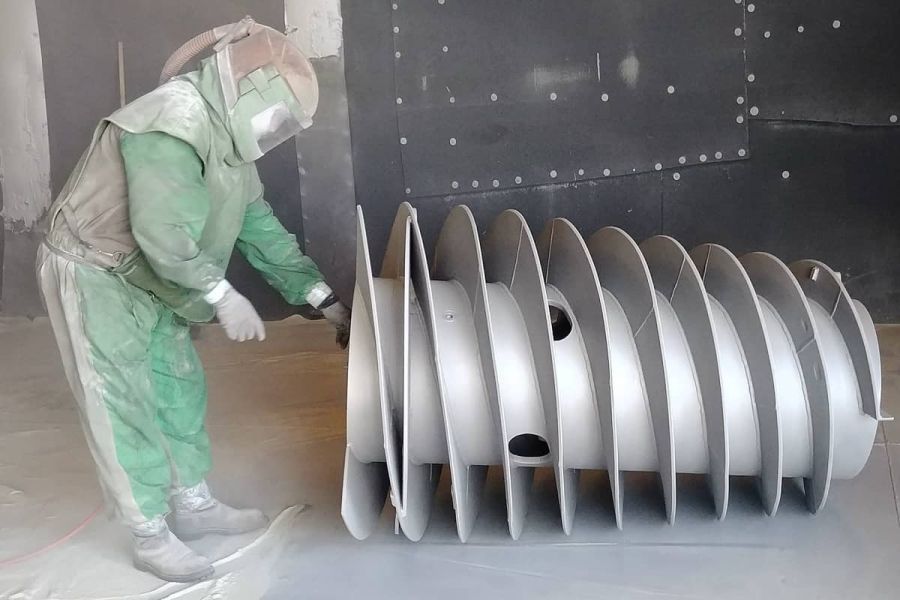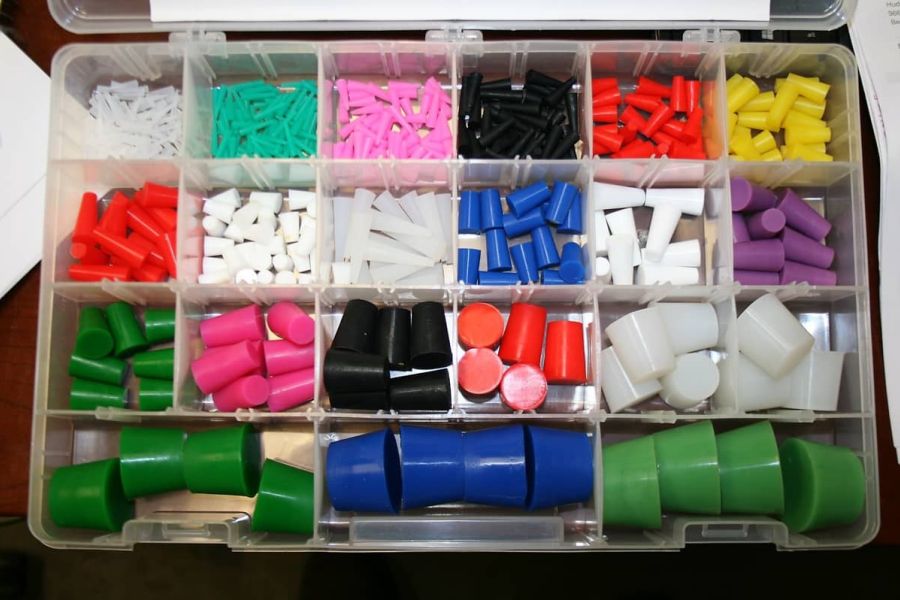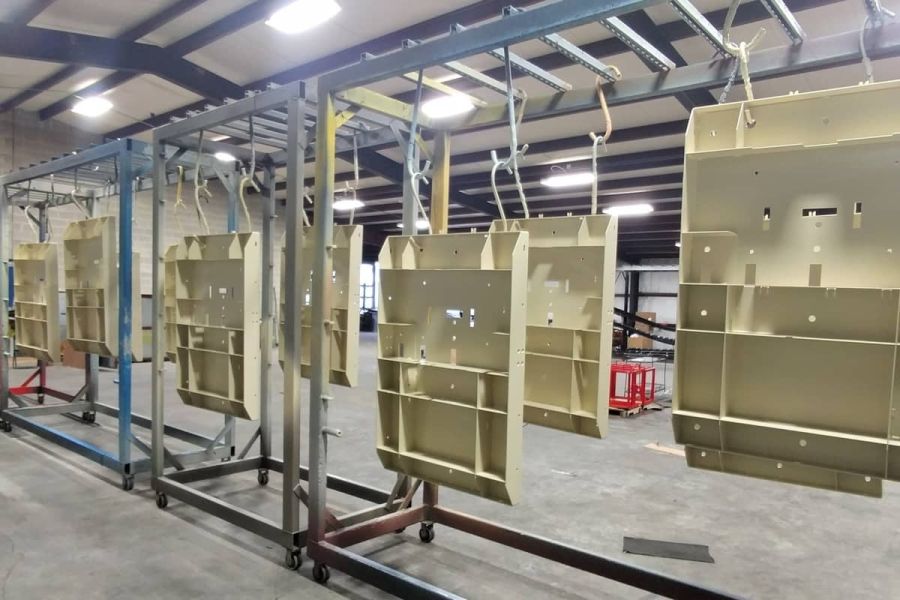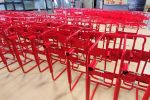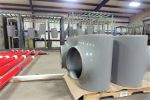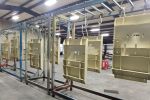Powder Coating
Houston Powder Coaters warrants that the process of pretreatment, powder application, and cure of all coated parts meet or exceed the industry standards set forth by the powder manufacturers. Depending upon the criteria put forth by the individual powder coating supplier, HPC will preheat pieces which results in better powder adhesion and increased flow properties. Certain aluminum pieces and galvanized parts will also receive preheating to reduce outgassing during the coating process.
Although the typical coverage of powder is 3-5 mils per coat (6-10 mils for a standard double coat), Houston Powder Coaters can apply thinner and thicker levels depending upon customer’s request.
Curing times vary due to the thickness of the metal, the type of metal, and the coating system that was applied. In oven temperatures that exceed 425 degrees, the typical curing time ranges from 20 minutes to 2 hours.
Present day powder formulations allow for certain tolerances/graces above and below the ideal curing conditions. This “bake window” allows Houston Powder Coaters to properly cure the spec’d powder within a broad temperature and bake time range. In fact, these bake windows are the reasons why HPC can cure different size pieces with different colors in the same oven at the same time (at the same temperature).
Finally, when pieces exit the oven, final inspection tests are performed to ensure film thickness, proper curing, and even-flow. These inspections are completed in one of two brightly-lit indoor quality-assurance areas. HPC’s quality inspectors are trained to look for issues that will lead to coating failure. If any problems are found, rejected pieces are sent to be reprocessed all over again.
Certificates of Compliance are available, but need to be discussed and agreed to at the onset of any job.


